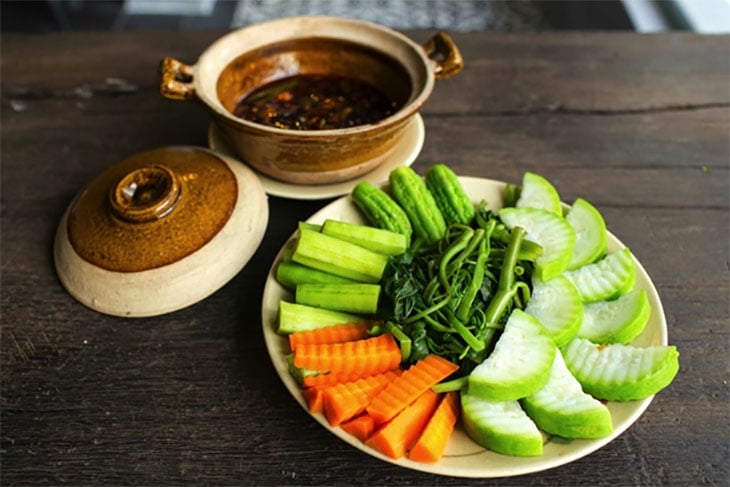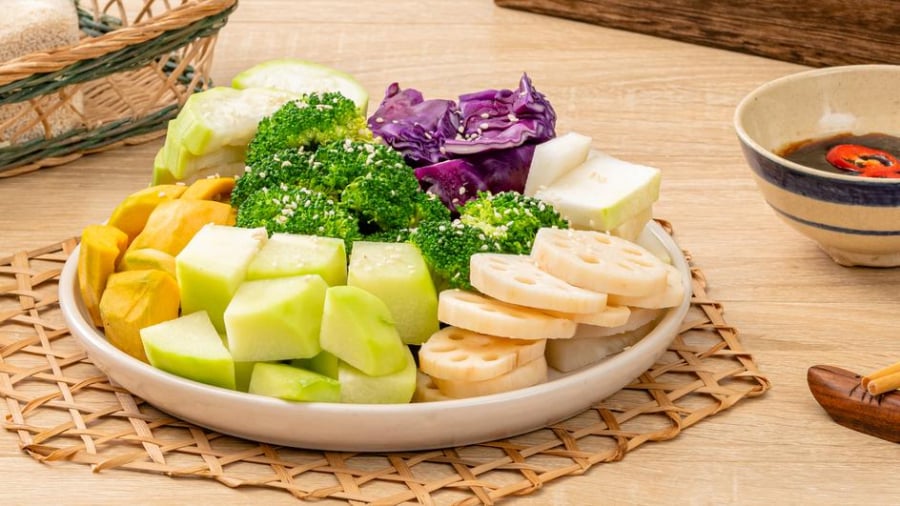Should You Cover the Pot When Boiling Vegetables? The Right Way to Preserve Nutrients and Color
Green vegetables are an excellent source of vitamins and minerals, but the cooking process can lead to a loss of these valuable nutrients. Unfortunately, many people, due to a lack of knowledge, often prepare and cook vegetables incorrectly, resulting in a significant reduction of their nutritional content.
When boiling or cooking vegetables, it is recommended to keep the lid on the pot to prevent the escape of residual chemicals present in the vegetables. However, this method also leads to the loss of vitamins and nutrients. If you’re concerned about the color of your vegetables, try this: bring the water to a boil, add the vegetables, give them a quick stir, and then cover the pot. Once the vegetables are almost done, uncover the pot, give them another quick stir, and cover again. The timing will depend on the type of vegetable, but generally, it’s best to turn off the heat when they are just tender to preserve as many vitamins as possible.
Keeping the lid on is crucial to minimizing vitamin loss, while stirring and uncovering the pot twice helps ensure even cooking and prevents discoloration. To maximize nutrient retention, steaming is ideal as it minimizes direct contact with water. However, this method doesn’t produce vegetable broth, which some may consider a drawback.

The Right Way to Boil Vegetables: Lid On or Off?
Tips for Boiling Vegetables to Perfection: Color, Crunch, and Nutrition
Add Salt to the Water
Salt not only enhances the flavor of your boiled vegetables but also helps retain their vibrant green color. When the water boils, add a small amount of salt, approximately one teaspoon per half liter of water, to preserve the color.
Boil Vegetables Over High Heat
When boiling vegetables, always wait for the water to reach a rolling boil before adding them. This is because vitamins are water-soluble and can leach out quickly once the vegetables are submerged. By ensuring the water is at a rapid boil, you minimize the time the vegetables spend in the water, preserving their nutritional content.

The Secret to Perfectly Boiled Vegetables: High Heat and Quick Cooking
Add Oil to the Boiling Water
One secret to boiling delicious vegetables is to add a small amount of oil to the pot. The oil creates a thin layer that helps the vegetables retain their natural green color and gives them a glossy appearance. Additionally, the oil helps prevent discoloration, keeping your vegetables looking fresh and appetizing. However, this method will create a thin layer of oil on the surface of the water, which may or may not be to everyone’s taste.
Plunge the Vegetables into Ice Water After Boiling

































